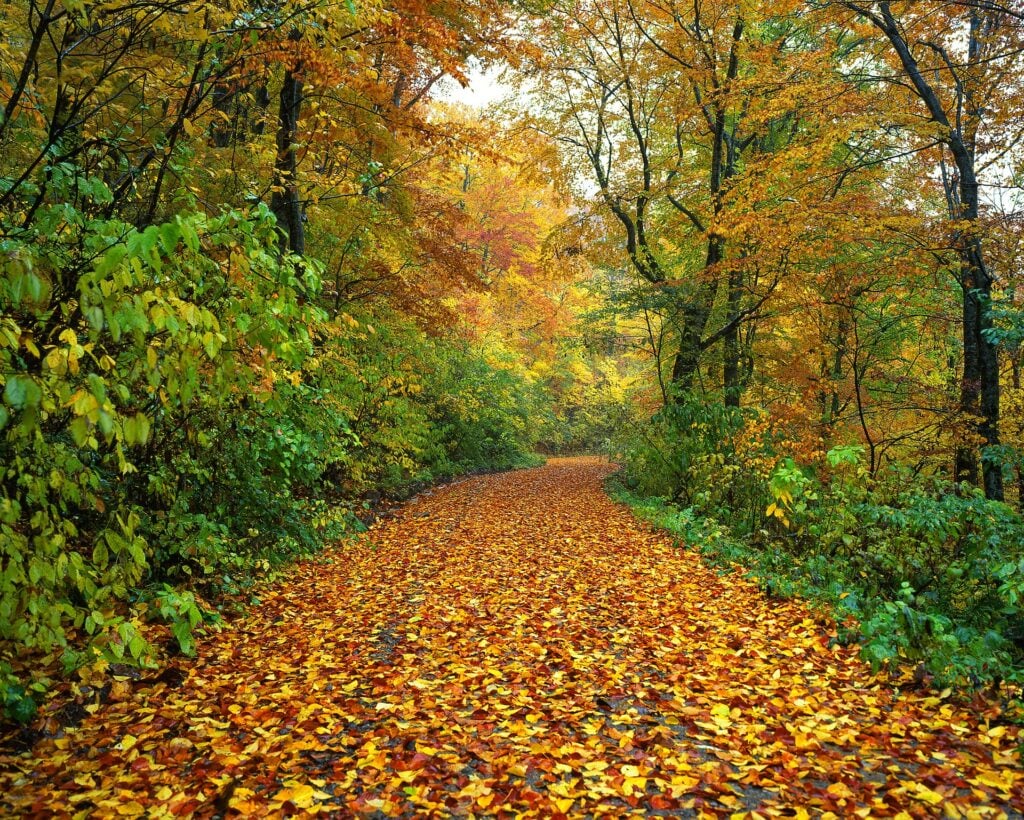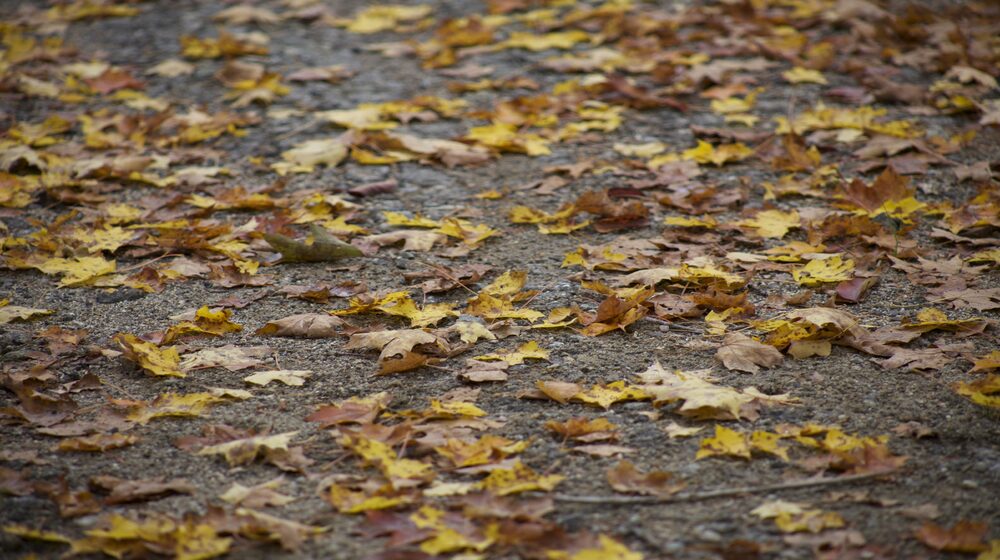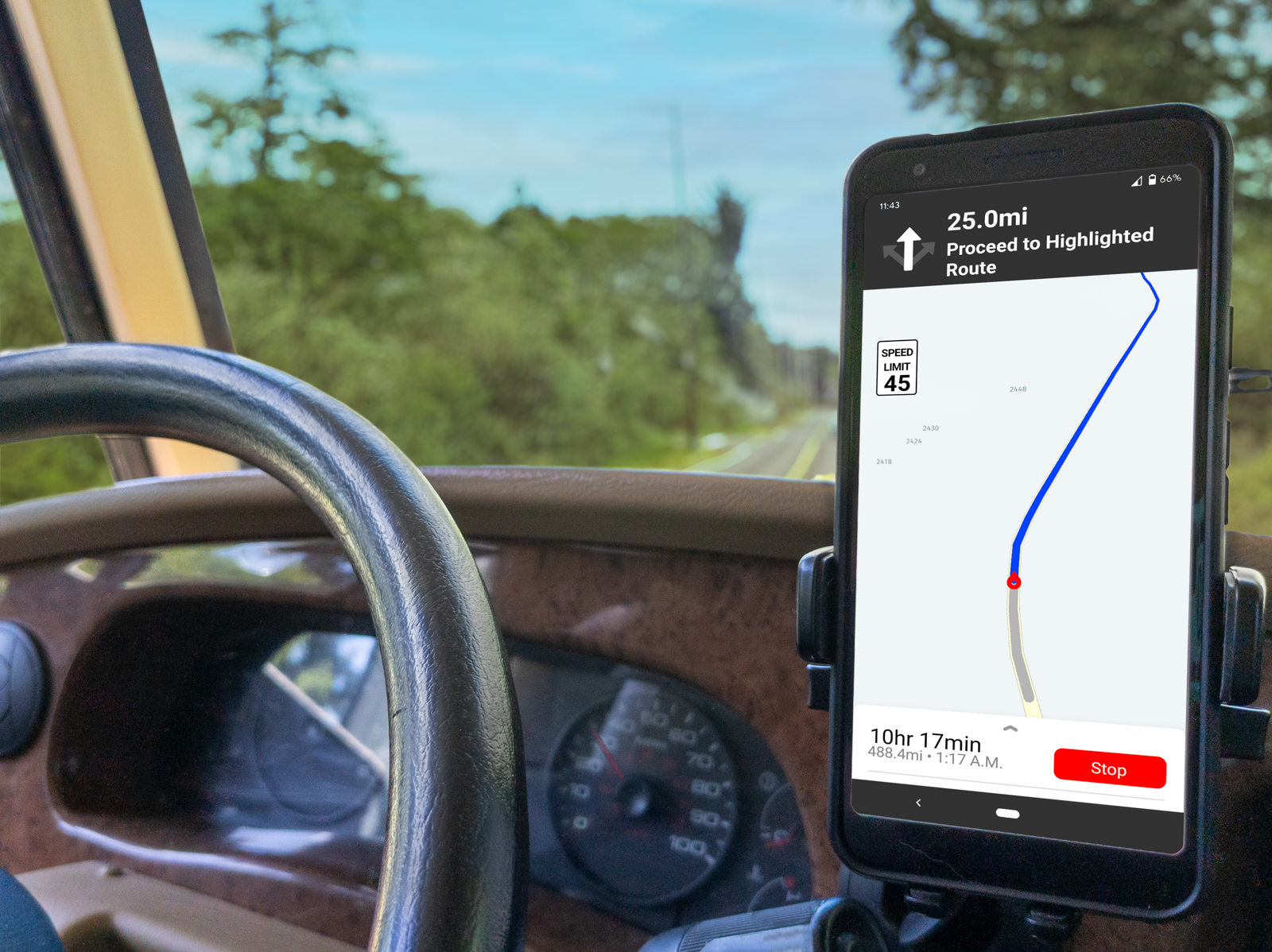
What Does Fall Foliage Have to do with RV Safety?
It’s that time of year when the fall leaves have turned beautiful shades of red, orange, and gold. One of the best parts about this season is going for a scenic drive to see all the bright foliage and camping out among all the vibrant autumn colors. Unfortunately, wet fall leaves can also pose a bit of a danger if you are not driving carefully.
Can driving on fall leaves be dangerous?
When piles of leaves on the road become wet, it can be as slippery as driving on ice. Water stands on the waxy surface of the leaves, and can potentially cause you to lose traction and stability. The Weather Channel has even put together this simulator to show the dangers of driving on wet leaves:
What happens when you drive on wet leaves
According to the National Highway Safety Administration,
If your vehicle hits wet leaves, what happens? Let’s imagine that you’re driving at 45 mph. How long does it take your vehicle to stop on a dry road? You will need 80 feet of roadway. Next, imagine that you’re going the same speed, but the roadway is wet and coated with leaves. Now how long will it take your vehicle to stop? You will need 200 feet—more than double the distance!!! Why does that happen? Because a film of water covers the top of those leaves, just as it does in the case of ice. Your tires aren’t very effective at stopping your vehicle when they’re sitting on water.
If you happen to find yourself losing traction and beginning to skid, whether on fall leaves or on ice, the best thing to do is to take your foot off the gas but do not slam on the brakes (as that will only increase the sliding). Make sure your wheels are pointed in the right direction and maintain your steering as the vehicle starts to straighten out again.
Road visibility issues
Fall leaves can also cause a variety of visibility issues. They may conceal road hazards such as potholes, or make it difficult to see lane lines and other traffic markings. Tight or abrupt turns, and winding roads, can make slippery fall leaves even more hazardous.

Wet fall leaves may pose hazards on the roadway. Photo via Pixneo
Drive safe this season
- Slow down and watch your speed on roads filled with wet leaves. Maintain a good distance from the vehicles in front of you.
- Make sure that your tires have good tread. This will channel water away from the tires and give you more traction. They should also be properly inflated with the correct tire pressure.
- Clear your vehicle and driveway of leaves before driving. Sweep them off your windshield, the top of your vehicle (if possible), and off the hood. Wet fall leaves tend to stick and may not blow away while driving.
Get RV-safe GPS directions with the RV LIFE App

The RV LIFE App, as well as our other tools including RV LIFE Trip Wizard and RV LIFE Maintenance, will see a price increase this year.
Find out how to avoid roads that are too narrow and unsafe for your RV. Download the RV LIFE RV Safe GPS App for worry-free travel. No more getting stuck on steep mountain passes, low clearances, bridge weight limits, or propane-restricted tunnels. These RV Safe GPS directions are tailored to the height & weight of your RV. Enjoy turn-by-turn navigation, including voice- and lane-guidance, work even when you’re offline.*

with all the concern about driving in fall, and soon winter, I would love to see some info on tires, tread patterns, etc, that are best for traveling in potentially snowy or icy conditions….(We live in New England, and have more than 2 inches of snow sticking on the road this morning….)